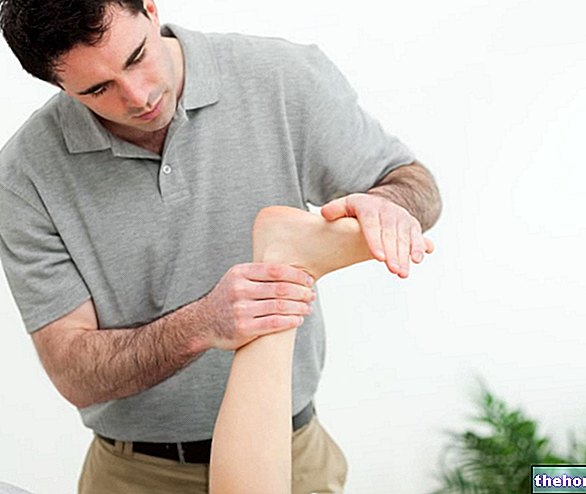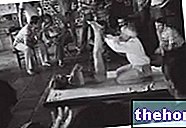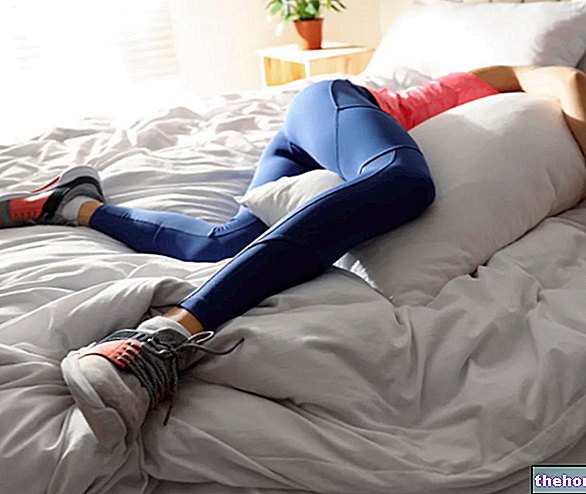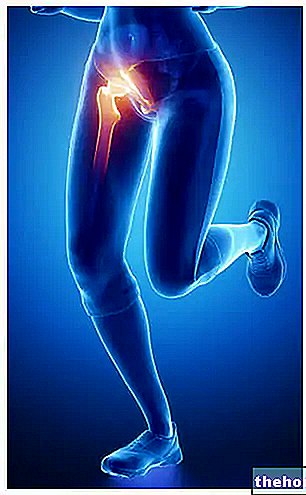Edited by Doctor Alessio Capobianco

In handball, the shot in elevation, which represents the majority of the conclusions, is carried out in the absence of contact with the ground, with relative difficulty in stabilizing the body and, in sequence, the shoulder.

Some sports specialties require that athletic performance due to them intensity, of their duration, or the presence of external variables, put shoulder stability at particular risk.

The regulations and the context of development can sometimes be favorable to allow sportsmen to maintain a correct joint homeostasis, as in the example of the volleyball attack; more often, however, they are further unfavorable; in addition, in many sports, some conditions relating to the methodology and intensity of inadequate sports training are capable of exacerbating a situation that is already critical in itself.
The presence of one or more biomechanical or technical aspects unfavorable to shoulder stability can reasonably be considered as a risk factor; some sports involve only one of these factors, others contain more than one.
Bibliography:
Notes and handouts in digital format of the lessons of "Sports traumatology", A.Caraffa, G.Mancini and coll. - course: Sports Sciences and Techniques 2004/05.
Bigliani L., Codd T., Condor P.M.-"Shoulder motion and laxity in the professional baseball players"- Am. J.Sports Med, 1997
Colonna S., Magnani M.-"Isokinetic evaluation of the shoulder in athletes with impingement syndrome"- Ghedini, Milan 1992
Fusco A., Foglia A., Musarra F., Testa M .: "The shoulder in the sportsman"- Ed. Masson 2005
Hess S.A. "Functional stability of the glenohumeral joint"- Manual Therapy, 2000
Jobe F.W., Pink M., "Shoulder injuries in the athlete: the instability continuum and treatment"- J. Hand Therapy, 1991
Kapandji I.A .: "Joint physiology - I - vol. "- Ed. Marrapese 2000.
Neer C.S.- "The shoulder in sports" Orthop. Clin. 1997
Pirola V .: "Kinesiology of human movement " - Edi Ermes 1999
Porcellini G., Castagna A., Paladini P.-"The shoulder: pathology, surgical technique, rehabilitation"- Verduci Ed. Rome 2003
Tittel K. -"Functional anatomy of" man "- Edi Ermes 1991
From the thesis: "THE SHOULDER OF THE" ATHLETE OVERHEAD ": BIOMECHANICS, PREVENTION AND SPORT-SPECIFIC TRAINING." by ALESSIO CAPOBIANCO - Perugia: March 2007
Other articles on "Overhead" sporting gesture in different types of sports "
- "Overhead" sporting gesture: D Factors "Technical-Sporting Impact
- "Overhead" sporting gesture: D Factors "Functional Incidence




























